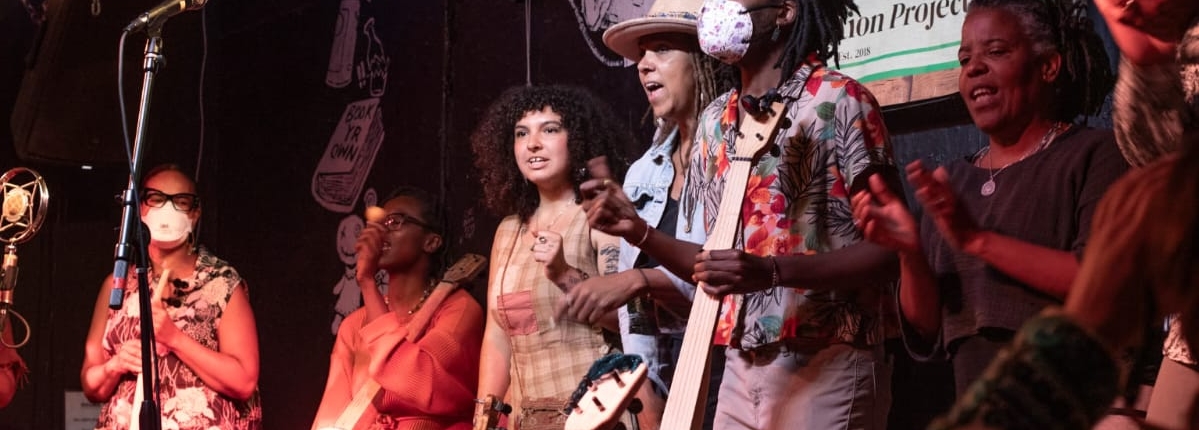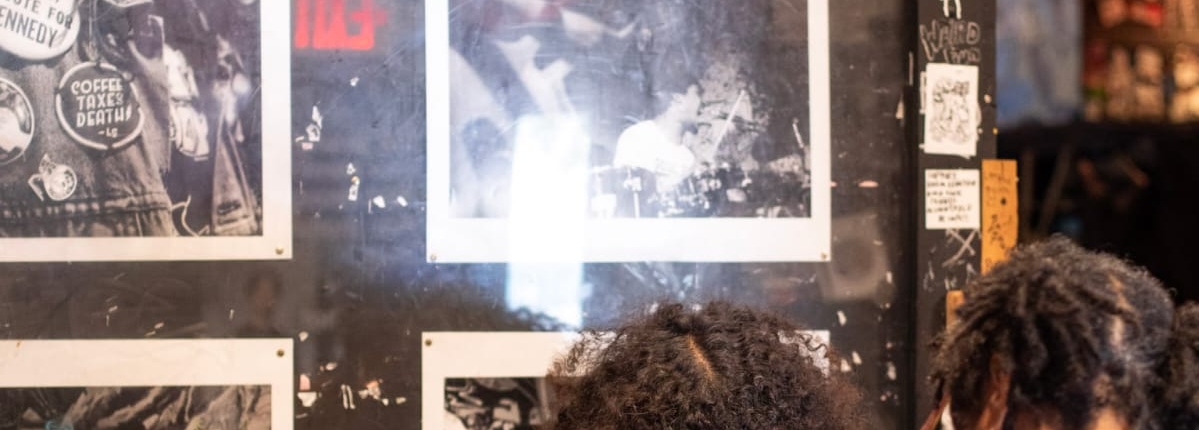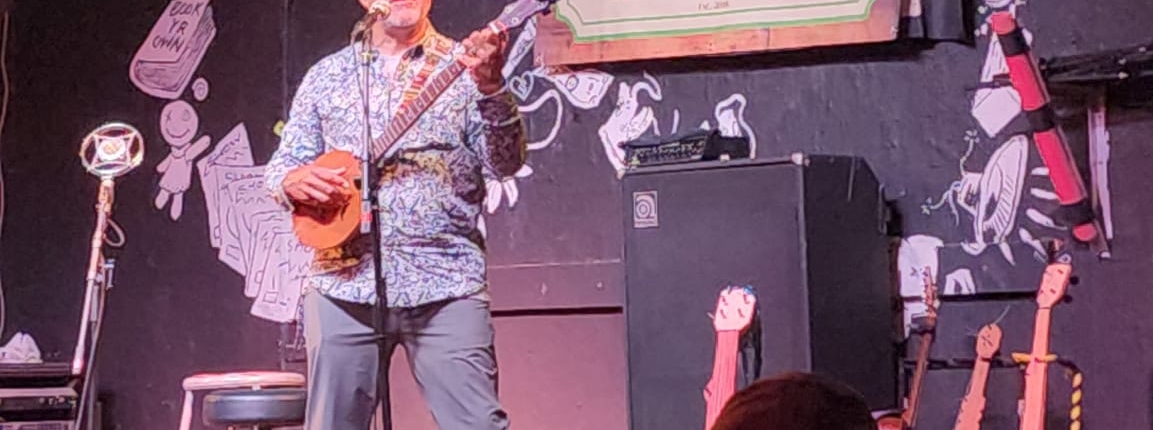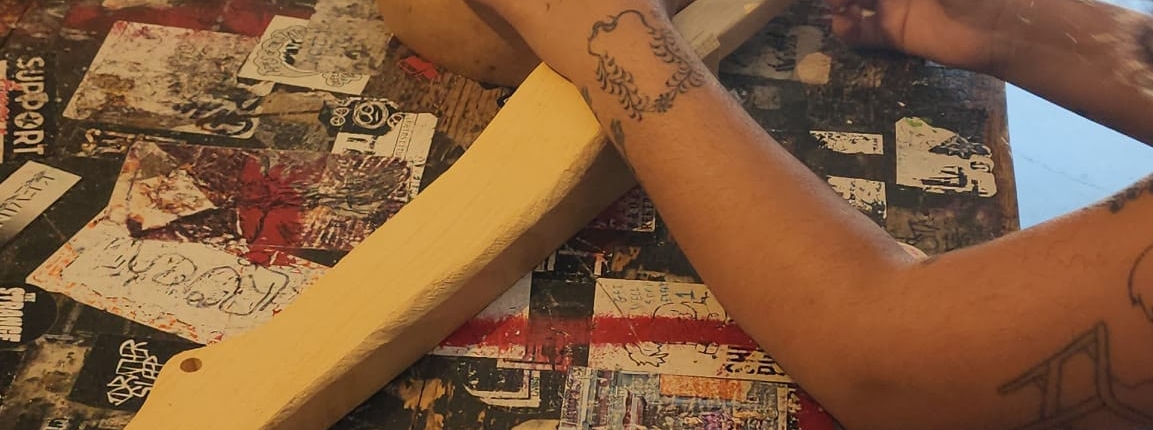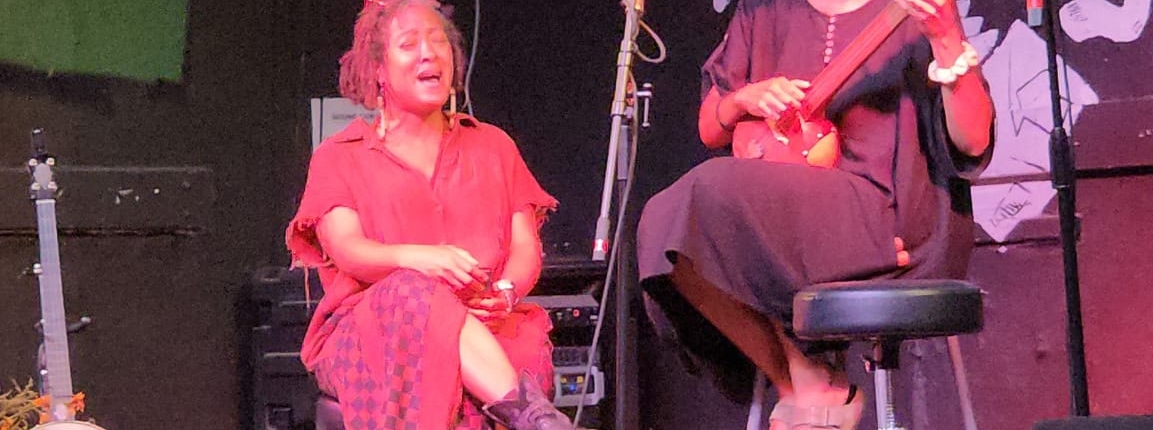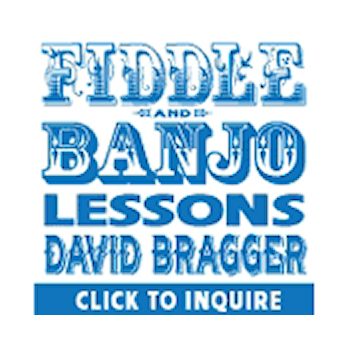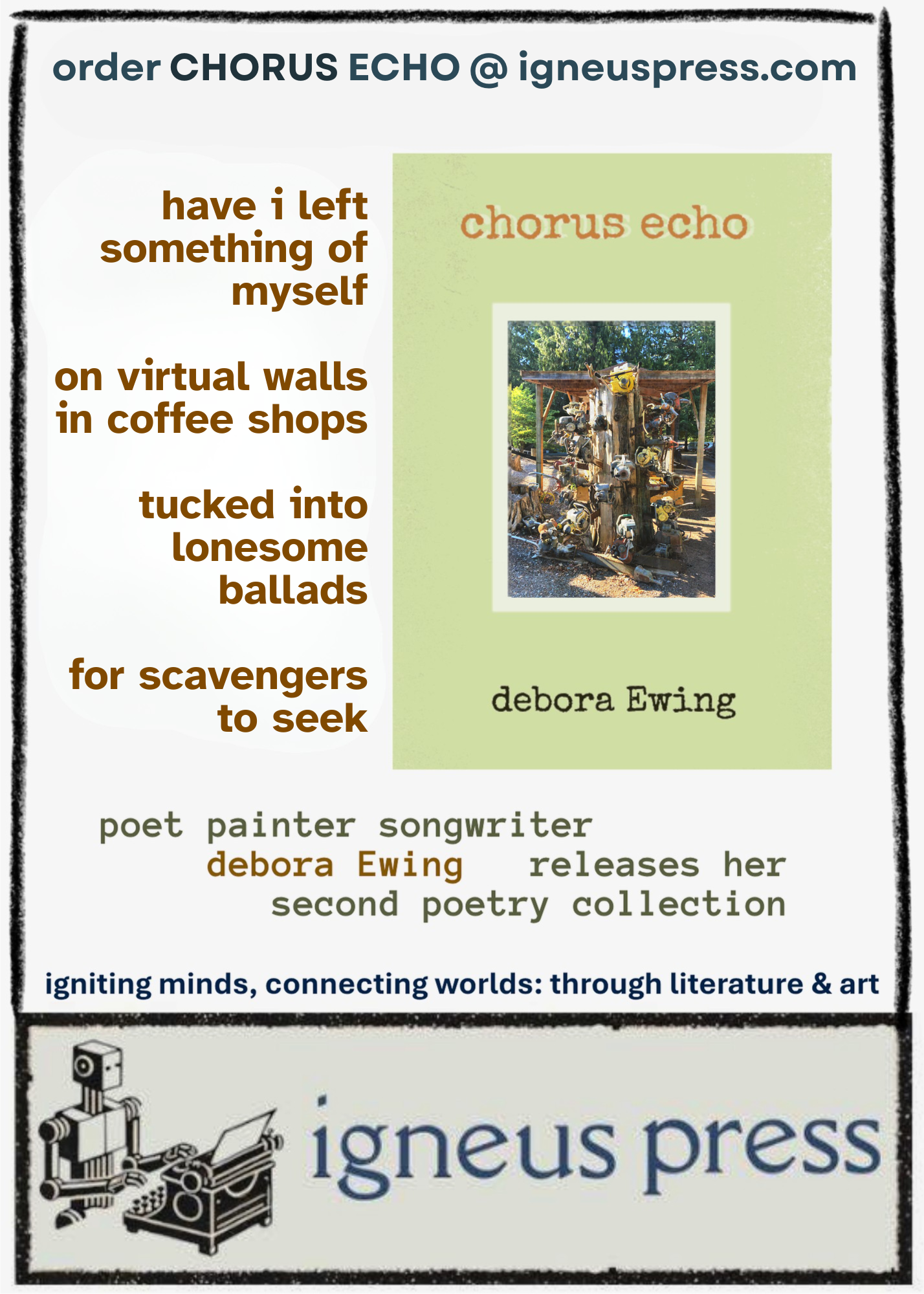Channel to the Ancestors
From Seed to Gourd to Banjo
The Get Down - Number 3 August 2025
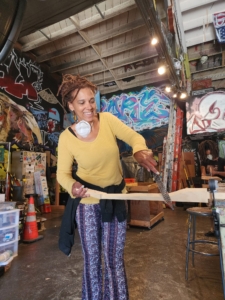
Black Banjo Reclamation Project (BBRP) hosted their 9th banjo build this past month at 924 Gilman in Berkeley, CA, and I signed up. The banjo build is a week-long cultural immersion where we learn the history of the banjo, go through the process of building our own gourd banjo, grow this community of Black banjo players, learn some traditional music, and participate in a showcase on the last day. Hannah Mayree and Sule Greg Wilson—co-founders of BBRP—hosted the build. Like myself, many of the participants are musicians, some of us had never touched a banjo, and none of us were luthiers.
To be honest, at first I wasn’t sure I wanted to do the banjo build. I mean I knew I wanted to be a part of the experience and see my friend Hannah and be in community with other Black people—but to actually build a banjo? Build something? With tools and whatnot? That seemed out of my realm.
I remember some years back the attempt I made to fix a fence to keep my dogs in. Five hours later—after figuring out how to hold a saw, much extra wood, a whole lot of nails, and my triumphant smile—the dogs came running around the corner, barreling through my finished Frankenstein blockade, all but splintering my work! It didn’t go well. Yeah, me and tools are better as an idea.
Despite all that, I went down to the famous punk rock venue with all the FUCK FASCISTS and WELCOME ALL and PLEEZE NO STAGE DIVING signs, and stickers from seemingly every punk band in the past 20 years. I must admit I was confused by the choice in location for this mostly Black event. For some reason punk rock and banjo didn’t seem to fit.
There were power tools and funky-looking Japanese shavers and little hand made chisels—tables of tools. An array of gourds, with a couple of Black folk at the helm, and what transpired was beyond words.
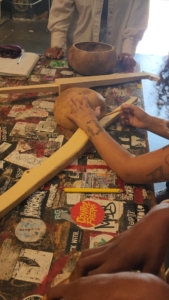 It’s so funny, because pictures were posted and I shared some as well, but for some reason I’ve been resistant when sitting down to write about the build. I had planned to write this article for a few weeks, but now that it comes down to it I couldn’t bring myself to write.
It’s so funny, because pictures were posted and I shared some as well, but for some reason I’ve been resistant when sitting down to write about the build. I had planned to write this article for a few weeks, but now that it comes down to it I couldn’t bring myself to write.
I’d shared a bit about the banjo build in my newsletter so I figured this would come easy. I tried a voice memo, but when I started talking I realized I didn’t want to share because I don’t want to lose the gift I’ve been given. I don’t want to share my connection I am just now receiving after a lifetime of searching.
THIS banjo build gave me something I didn’t know was possible. It helped me to heal parts of me by providing a direct connection to my African ancestors. You see, every part of this instrument is alive. Every part of this process is extremely personal and extremely sacred. From choosing a gourd to the way your hands move across and with the wood to shape it. Even each frustration, each obstacle and each return to flow is part of an individual spiritual journey. It is emotional, mental and physically demanding and I am still being moved by the process.
This work has only just begun. I heard Taj Mahal once say you can’t play the banjo until you build it. I believe he was talking about Africa specifically, but this resonated so deeply with me I felt he was speaking to my spirit. I’ve had a banjo sitting in my house for quite some time and I’ve never felt a connection to it. I had to grow my connection from seed to gourd to creating the instrument and learning to commune with the instrument itself. The connection Black people have to the banjo is on another level. It is sacred.
I’m not writing this to provide you with the history of the banjo, explaining its roots in Africa and how it got to our country by way of slavery, all the atrocities and dark past it holds. That is another article with others who can teach this better than I can. This IS about the deep spiritual connection to the earth and to the ancestors that the banjo provides. This is about the reclamation of a tradition and culture that was stripped away from us so long ago. This is about the healing and connection to our past I didn’t know was possible.
Like the akonting and the gourd banjo, the common banjo as we know it today—even with its tangled, sordid history—still heeds the ancestral call. Still connects us to the root of everything. It is timeless.
I realize I was resistant to sharing my experience with anyone because I didn’t want to risk losing what I just found. I didn’t want to exploit the magic that is for us. I want to keep it for myself. In my heart. Untouchable and protected from anyone who might attempt to take it, belittle it, alter it in some type of way. That has already happened far too often in this life.
924 Gilman housing punk rockers and housing the BBRP build makes sense on so many levels. Jim, the owner of 924, is a crafter himself, a furniture maker and a lover of gourds. Both projects are nonprofits dedicated to helping people through education. Black people in country and folk music and punk rockers have much in common. We are the outliers, the outcasts frustrated with the lack of respect and recognition creating and claiming spaces of our own. Like us, Punk rockers are, after all, an often-misunderstood, highly underestimated people. Lovers of music and the freedom to live in their authenticity. They are unapologetically real, open and accepting of others—except assholes.
To see more, click through these images by Naima Nazouari and Azere Wilson:
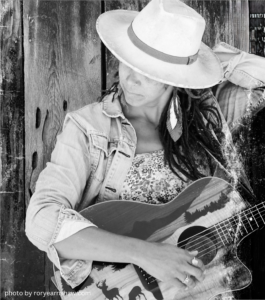 Azere Wilson unravels tangled herstory to find her identity as a mixed race Black American woman experiencing racism like her ancestors did. Growing up without the Black side of her family, music helped her find her voice and use it. She shows herself coming out the other side raw, vulnerable, inspired, beautifully connected to her lineage.
Azere Wilson unravels tangled herstory to find her identity as a mixed race Black American woman experiencing racism like her ancestors did. Growing up without the Black side of her family, music helped her find her voice and use it. She shows herself coming out the other side raw, vulnerable, inspired, beautifully connected to her lineage.




